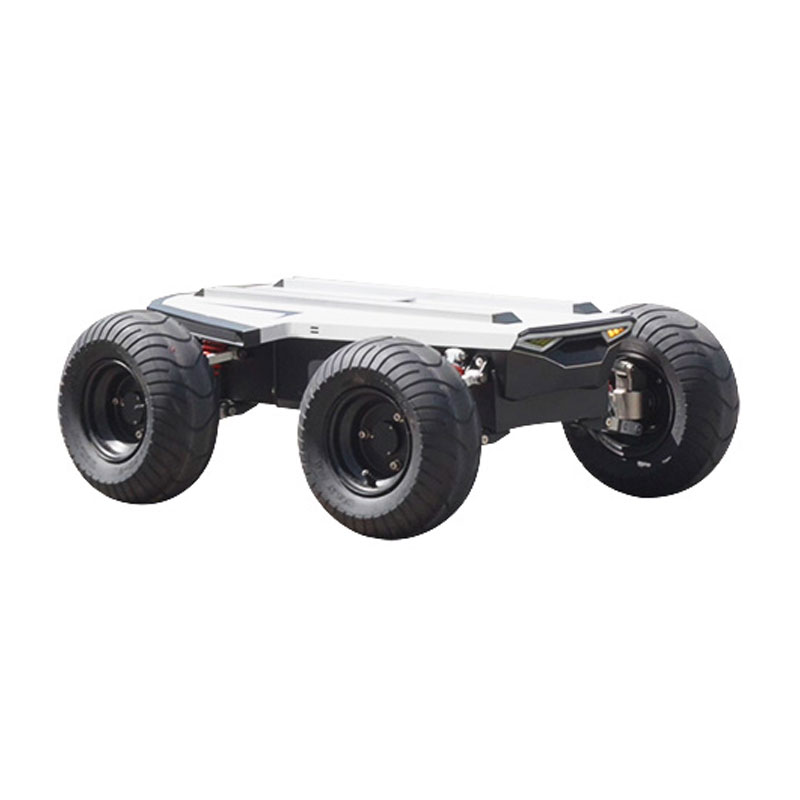focus on robot ODM
News
EN
Different robot products have different requirements for chassis. For example, sweeping robots need low-cost laser navigation solutions, other service robots need flexible and safe lidar + vision navigation solutions, and industrial AGVs require more precise navigation solutions.
According to the different types of robot chassis, there are crawler robot chassis and wheeled robot chassis in the market.
Crawler robot chassis is widely used in special robots. It can adapt to the field, urban environment, etc. This kind of robot chassis can move on all kinds of complex ground, such as sand, and mud. However, the speed is relatively low, and the movement noise is large.
Wheeled robot chassis is currently widely used by service robot enterprises. There are mainly front-wheel steering + rear-wheel differential drive, two-wheel drive + universal wheel, and four-wheel drive points.
1. Front wheel steering + rear wheel drive
The wheeled robot chassis with front-wheel steering + rear-wheel drive mainly adopts an electric cylinder and worm gear to achieve front-wheel steering. The movement requirements of the robot can be realized by adding a motor and a differential reducer on the rear wheel. The 4-wheel robot chassis has the advantages of low cost and simple control, but the turning radius is large, and it is not flexible enough.

2. Two-wheel drive + universal wheel
According to the requirements of the designed gravity center and turning radius of the robot, the universal wheel and the driving wheel can be arranged in different forms. The structure and motor control of the 2WD robot chassis are relatively simple. The robot is flexible and the algorithm is easy to control.
3. Four-wheel drive
Four-wheel drive provides a strong walking ability in a straight line and a large driving force. The disadvantages are high costs and complicated motor control. More elaborate structural designs are needed to prevent the robot from skidding.
In terms of flexibility, the wheeled robot chassis with two-wheel drive and universal wheel is more advantageous. It can achieve the functions of autonomous positioning, map building, path planning and obstacle avoidance, and can shuttle freely between various obstacles.